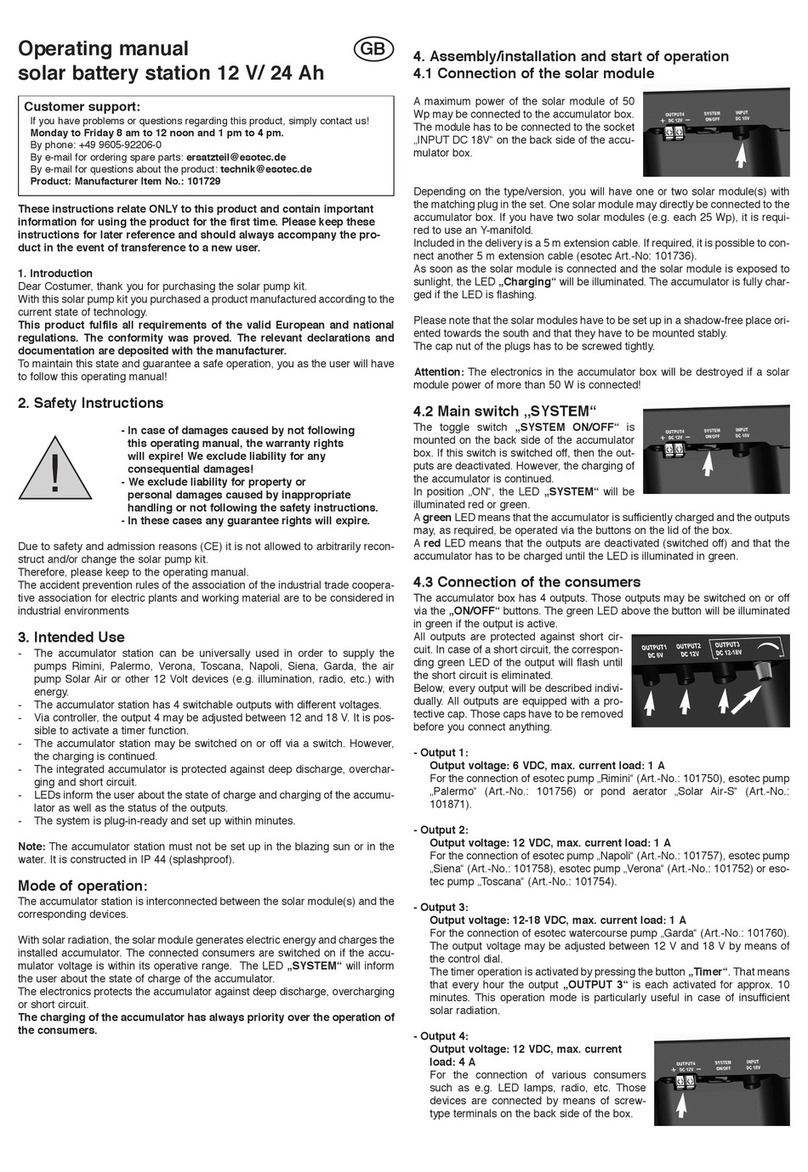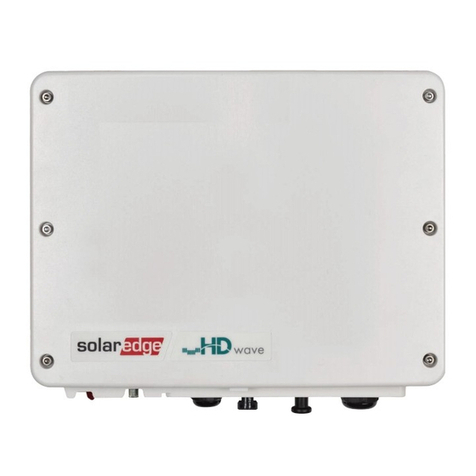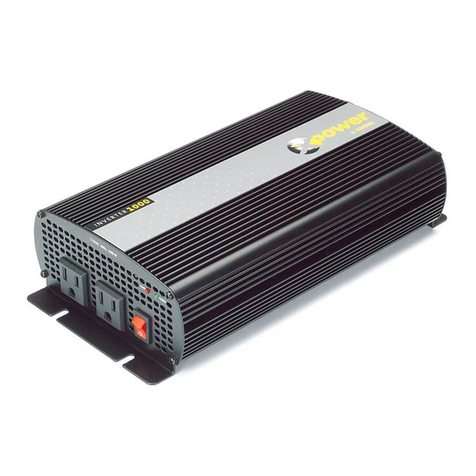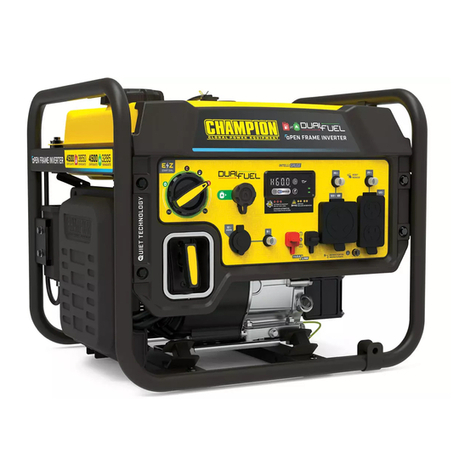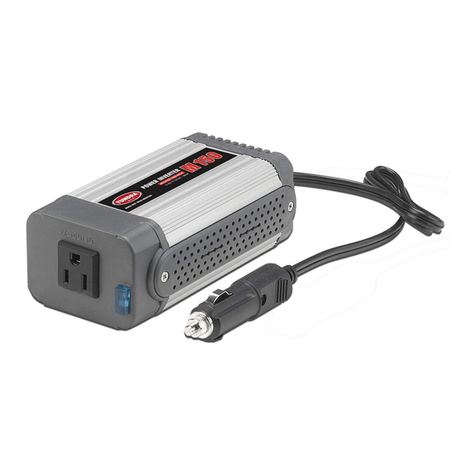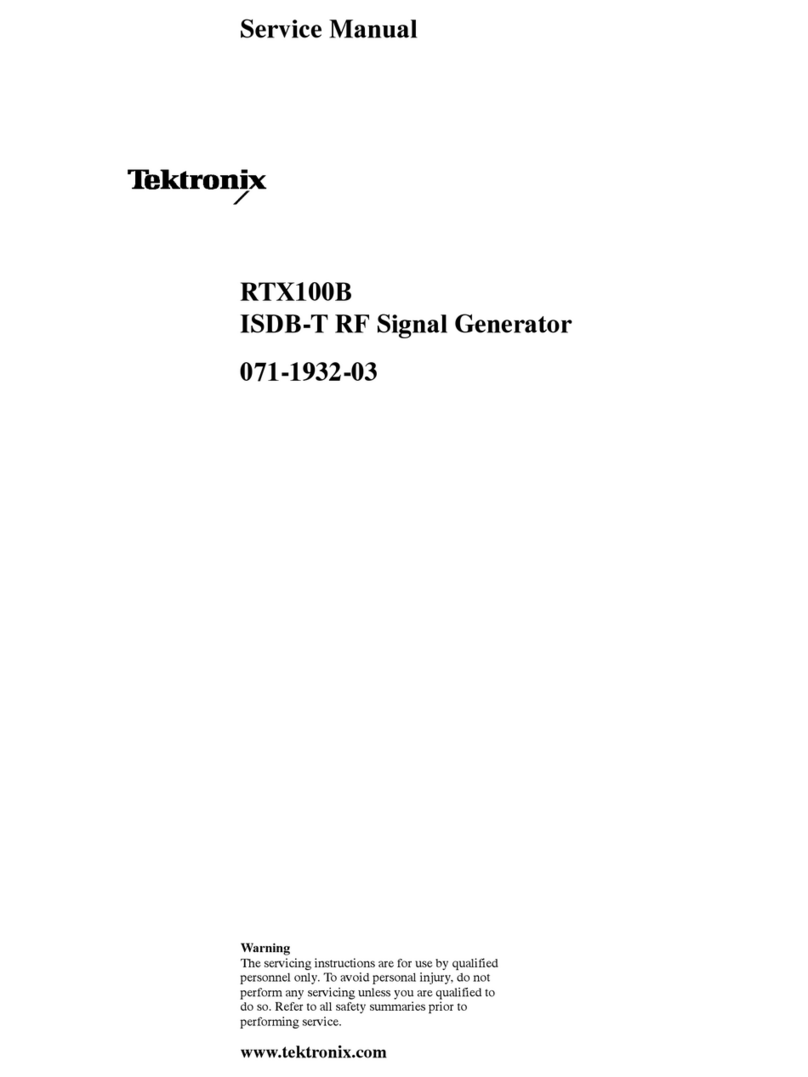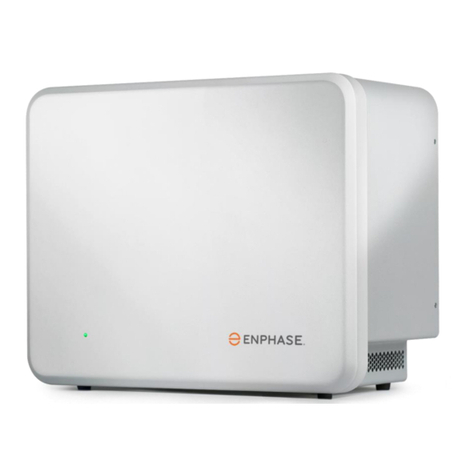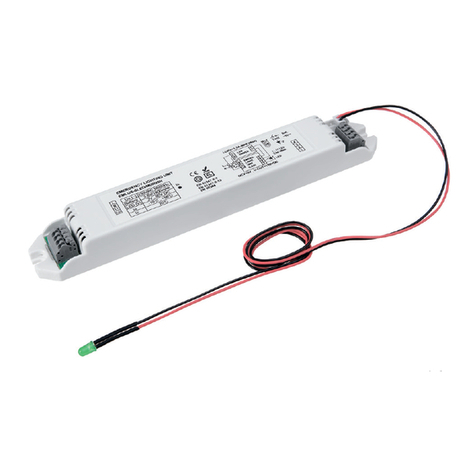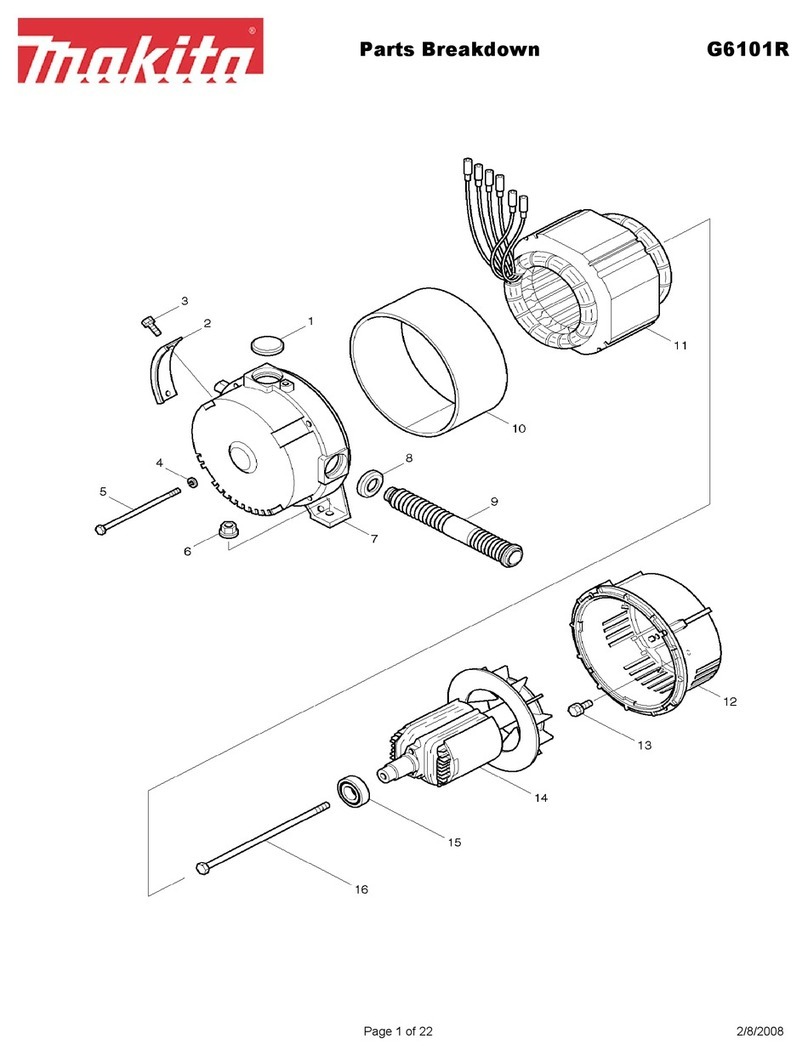PowMr POW-SunSmart 8KL3 User manual


Table of Contents
1 Safety.......................................................................................................................................... 1
1.1 How to use this manual........................................................................................................ 1
1.2 Symbols in this manual ........................................................................................................ 1
1.3 Safety instruction.................................................................................................................. 1
2 Production Instructions............................................................................................................. 2
2.1 Instructions........................................................................................................................... 2
2.2 Features............................................................................................................................... 2
2.3 System connection diagram................................................................................................. 3
2.4 Production overview............................................................................................................. 4
3 Installation.................................................................................................................................. 5
3.1 Select the mount location..................................................................................................... 5
3.2 Mount the inverter................................................................................................................ 6
3.3 Remove terminal protection cover and dust screen.............................................................. 6
4 Connection................................................................................................................................. 7
4.1 Three-phase mode............................................................................................................... 7
4.2 Cable & circuit breaker requirement ..................................................................................... 9
4.3 AC input & output connection............................................................................................. 10
4.4 Battery connection ............................................................................................................. 11
4.5 PV connection.................................................................................................................... 11
4.6 Dry contact connection....................................................................................................... 12
4.7 Grounding connection........................................................................................................ 12
4.8 Final assembly................................................................................................................... 12
4.9 Start-up the inverter ........................................................................................................... 12
5 Operation.................................................................................................................................. 13
5.1 Operation and display panel............................................................................................... 13
5.2 Display panel ..................................................................................................................... 14
5.3 View real-time data ............................................................................................................ 16

5.4 Setting................................................................................................................................ 17
5.5 AC output mode................................................................................................................. 27
5.6 Battery charging mode....................................................................................................... 28
5.7 Time-slot charging/discharging function ............................................................................. 30
5.8 Battery Parameter.............................................................................................................. 31
6 Communication........................................................................................................................ 33
6.1 Overview............................................................................................................................ 33
6.2 USB-B Port ........................................................................................................................ 33
6.3 WIFI port............................................................................................................................ 34
6.4 Dry contact port.................................................................................................................. 35
7 Fault and Remedy.................................................................................................................... 36
7.1 Fault code.......................................................................................................................... 36
7.2 Troubleshooting ................................................................................................................. 39
8 Protection and Maintenance.................................................................................................... 41
8.1 Protection function ............................................................................................................. 41
8.2 Maintenance ...................................................................................................................... 43
9 Datasheet.................................................................................................................................. 44

1
1 Safety
1.1 How to use this manual
This manual contains important information, guidelines, operation and maintenance for the
following products: POW-SunSmart 8KL3; POW-SunSmart 10KL3; POW-SunSmart 12KL3.
This manual must be followed during installation, use and maintenance.
1.2 Symbols in this manual
Symbols
Description
DANGER
DANGER indicates a hazardous situation which if not avoided will result
in death or serious injury.
WARING
WARING indicates a hazardous situation which if not avoided could
result in death or serious injury.
CAUTION
CAUTION indicates a hazardous situation which if not avoided could
result in minor or moderate injury.
NOTICE
NOTICE provide some tips on operation of products.
1.3 Safety instruction
DANGER
⚫This chapter contains important safety instructions. Read and keep this manual for future
reference.
⚫Be sure to comply the local requirements and regulation to install this inverter.
⚫Beware of high voltage. Please turn off the switch of each power sources before and during
the installation to avoid electric shock.
⚫For optimal operation of this inverter, select the appropriate cable size and the necessary
protective devices as specified.
⚫Do not connect or disconnect any connections when the inverter working.
⚫Do not open the terminal cover when the inverter working.
⚫Make sure the inverter is well grounding.
⚫Be careful not to cause short-circuiting of the AC output and DC input.
⚫Do not disassembly this unit, for all repair and maintenance, please take it to the professional
service center.
⚫Never charge a frozen battery.

2
2 Production Instructions
2.1 Instructions
POW-SunSmart L3 series is a new type of solar energy storage inverter control inverter integrating
solar energy storage & utility charging and energy storage, AC sine wave output. It adopts DSP
control and features high response speed, reliability, and industrial standard through an advanced
control algorithm.
2.2 Features
⚫Supports lead-acid battery and li-ion battery connections.
⚫With a dual activation function when the li-ion battery is dormant; either mains or photovoltaic
power supply access can trigger the activation of the li-ion battery.
⚫Support three-phase pure sine wave output (350~415V).
⚫Supports phase voltage adjustment in the range of 200, 208, 220, 230, 240Vac.
⚫Supports two PV inputs, with the function of simultaneously tracking the maximum power
charging or carrying capacity of two MPPT.
⚫Dual MPPT, efficiency up to 99.9%, single maximum current of 22A, perfectly adapted to high-
power modules.
⚫4 charging modes are available: solar only, mains priority, solar priority, and mixed mains and PV
charging.
⚫With time-slot charging and discharging setting function, it helps users to take advantage of peak
and valley tariffs and save electricity costs.
⚫Energy-saving mode function to reduce no-load energy losses.
⚫With two output modes of utility bypass and inverter output, with uninterrupted power supply
function.
⚫LCD large screen dynamic flow diagram design, easy to understand the system data and
operation status.
⚫360°protection with complete short-circuit protection, over-current protection, over-voltage
protection, under-voltage protection, over-load protection, etc.
⚫Support CAN, USB, and RS485 communication.

3
2.3 System connection diagram
The diagram below shows the system application scenario of this product. A complete system
consists of the following components:
1. PV modules: converts light energy into DC energy, which can be used to charge the battery via
an inverter or directly inverted into AC power to supply the load.
2. Utility grid or generator: connected to the AC input, either of the connected utility and
generator can charge the battery while supplying the load. When the batteries and photovoltaic
modules supply the load, the system can operate without the utility or generator.
3. Battery: The role of the battery is to ensure the normal power supply of the system loads in
case of insufficient photovoltaic and no utility power.
4. Home load: connects to a variety of home and office loads including refrigerators, lamps, TVs,
fans, air conditioners and other AC loads.
5. Inverter: it is the energy conversion device of the whole system.
The actual application scenario determines the specific system cabling.

4
2.4 Production overview
1 LCD screen 2 LED indicator 3 Touchable key
4 ON/OFF rocker switch 5 PV input (PV1+PV2) 6 Battery (positive)
7 Battery (negative) 8 Dry contact 9 RS485/CAN port
10 WIFI port 11 USB-B port 12 Grounding screw
13 AC output(L1+L2+L3+N) 14 AC input(L1+L2+L3+N) 15 AC input circuit breaker

5
3 Installation
3.1 Select the mount location
POW-SunSmart L3 series can be used outdoors (protection degree IP20). Please consider the
followings before selecting the location:
⚫Choose the solid wall to install the inverter.
⚫Mount the inverter at eye level.
⚫Adequate cooling space must be provided for the inverter.
⚫The ambient temperature should be between -10~55℃(14~131℉)to ensure optimal
operation.
DANGER
⚫Do not install the inverter near highly flammable materials.
⚫Do not install the inverter in a potentially explosive area.
⚫Do not install the inverter in a confined space with lead-acid batteries.
CAUTION
⚫Do not install the inverter in direct sunlight.
⚫Do not install or use the inverter in a humid environment.

6
3.2 Mount the inverter
Drill 4 mounting holes in the wall with an electric drill according to the specified dimensions, insert 2
expansion screws above and 2 M5 screws below to fix the inverter.
3.3 Remove terminal protection cover and dust screen
Using a screwdriver, remove the terminal protection cover and dust screen.
NOTICE
⚫When using the device in areas with poor air quality, the dust screen is easily blocked by air
particles. Please disassemble and clean the dust screen periodically to avoid affecting the
internal air flow rate of the inverter, which may trigger an over-temperature protection fault
(19/20 fault) affecting the use of the power supply and the service life of the inverter.
dust screen

7
4 Connection
4.1 Three-phase mode
Items Description
Applicable models
POW series SH3 model
AC output phase voltage (L-N) 200~240Vac, 230Vac default
NOTICE
⚫The user can change the output phase mode and output voltage through the setup menu,
please read chapter 5.2 for details.
⚫The output voltage corresponds to item [38] of the parameter setting, and the output phase
voltage can be set within the range of 200V to 240V.
AC OUTPUT

8

9
4.2 Cable & circuit breaker requirement
➢PV input
Models Cable Diameter Max. PV Input Current Circuit Breaker Spec
5mm²
POW-SunSmart 8KL3 / 10 AWG 22A 2P-25A
5mm²/ 10
POW-SunSmart 10KL3 AWG 22A 2P-25A
5mm²
POW-SunSmart 12KL3 / 10 AWG 22A 2P-25A
➢AC input
Models Output Mode Max. Current Cable Diameter Circuit Breaker
Spec
Three-phase 6mm²/ 8 AWG
(L1/
23AL2/L3/N) 4P-40A
Three-
POW-SunSmart 10KL3 phase 7mm²/ 8 AWG
(L1/
29AL2/L3/N)
4P-40A
Three-
POW-SunSmart 12KL3phase 9mm²/ 6 AWG
(L1/
35AL2/L3/N)
4P-40A
➢Battery
Models Cable Diameter
Max Current Circuit Breaker Spec
34mm²/ 2 AWG 180A 2P-200A
POW-SunSmart 10KL342mm²/ 1 AWG 220A 2P-250A
50mm²/ 0
POW-SunSmart 12KL3AWG 260A 2P-300A
➢AC output
Models Output Mode Max. Current Cable Diameter Circuit Breaker
Spec
Three-phase
11.6A
4P-24
6mm²/ 8AWG
(L1/L2/L3/N) A
Three-
POW-SunSmart 10KL3phase
14.5A
4P-40
7mm²/ 8AWG
(L1/L2/L3/N) A
Three-
POW-SunSmart 12KL3phase
17.4A
4P-40
9mm²/ 6AWG
(L1/L2/L3/N) A
POW-SunSmart 8KL3
POW-SunSmart 8KL3
POW-SunSmart 8KL3

10
4.3 AC input & output connection
Connect the live, neutral and ground cables in the position and order of the cables as shown in the
diagram below.
NOTICE
⚫PV INPUT、AC INPUT、AC OUTPUT
1. Use a stripper to remove the 6~8mm insulation
of the cable.
2. Fixing a ferrule at the end of the cable. (ferrule
needs to be prepared by the user)
⚫BATTERY
1. Use a stripper to remove the 6~8mm insulation
of the cable
2. Fixing cable lugs that supply with the box at the
end of the cable.
The wire diameter is for reference only. If the distance between the PV array and the inverter or
between the inverter and the battery is long, using a thicker wire will reduce the voltage drop
and improve the performance of the system.
DANGER
⚫Before connecting the AC input and output, the circuit breaker must be disconnected to avoid
the risk of electric shock and must not be operated with electricity.
⚫Please check that the cable used is sufficient for the requirements, too thin, poor quality
cables are a serious safety hazard.

11
4.4 Battery connection
Connect the positive and negative cable of the battery according to the diagram below.
4.5 PV connection
Connect the positive and negative wires of the two strings of PV according to the diagram below.
DANGER
⚫Before connecting the battery, the circuit breaker must be disconnected to avoid the risk of
electric shock and must not be operated with electricity.
⚫Please ensure that the positive and negative terminals of the batteries are correctly
connected and not reversed, otherwise the inverter may be damaged.
⚫Please check that the cable used is sufficient for the requirements, too thin, poor quality
cables are a serious safety hazard.
DANGER
⚫Before connecting the PV, the circuit breaker must be disconnected to avoid the risk of
electric shock and must not be operated with electricity.
⚫Make sure that the open-circuit voltage of the PV modules connected in series does not
exceed the maximum open-circuit voltage of the inverter (the value is 800V), otherwise the
inverter may be damaged.

12
4.6 Dry contact connection
Use a small screwdriver to push back the direction indicated by the arrow, and then insert the
communication cable into the dry junction port. (Communication cable cross section 0.2~1.5mm2)
4.7 Grounding connection
Make sure that the earth terminal is securely connected to the grounding busbar.
4.8 Final assembly
After ensuring that the wiring is reliable and the wire sequence is correct, restore the terminal
protection cover to its original position.
4.9 Start-up the inverter
Step 1:Close the circuit breaker of the battery.
Step 2:Press the ON/OFF switch on the bottom of the inverter, the screen and the indicator light
come on to indicate that the inverter is activated.
Step 3:Sequential close of the circuit breakers for PV, AC input and AC output.
Step 4:Start the loads one by one in order of power from small to large.
NOTICE
⚫Grounding wire shall be not less than 4 mm²in diameter and as close as possible to the
earthing point.

13
5 Operation
5.1 Operation and display panel
The operation and display panel below includes 1 LCD screen, 3 indicators, 4 touchable keys.
Touchable keys
Touchable keys Description
To enter/exit the setting menu
To next selection
To last selection
To confirm/enter the selection in setting menu
LED Indicators
LED Indicator Color Description
AC/INV Green Always on: utility bypass output
Flash: inverter output
CHARGE Yellow Always on: charging complete
Flash: charging
FAULT Red Flash: fault occur

14
5.2 Display panel
Icon
Description
Icon
Description
Indicates the PV panel
Indicates the utility grid
Indicates the battery
Indicates the generator
Indicates the inverter is
working
Indicates the home load
Indicates the inverter is
communicating with data
collector
Indicates the buzzer muted
Indicates the direction of energy flow
Indicates the inverter is
standby
Indicates the inverter is working
normally
Indicates error occur
Indicates setting
Indicates load power
80%~100%
Indicates battery SOC
80%~100%
Indicates load power
60%~79%
Indicates battery SOC 60%~79%

15
Indicates load power
40%~59%
Indicates battery SOC 40%~59%
Indicates load power
20%~39%
Indicates battery SOC 20%~39%
Indicates load power
5%~19%
Indicates battery SOC 5%~19%
Indicates battery under-
voltage
Indicates battery discharge
Indicates over-load
Indicates BMS fault
Indicates system
communication error
Indicates system under-voltage
Indicates system over-
voltage
Indicates system under-
temperature
Indicates system over-
temperature
Indicates system over-current
Indicates battery is full
Indicates user defined battery
Indicates sealed lead-acid
battery
Indicates flooded lead-acid
battery
Indicates gel lead-acid
battery
Indicates ternary li-ion battery
Indicates LFP li-ion battery
ECO
Indicates energy-saving mode
PV LOAD
Indicates PV energy is
carrying the load
PV CHG
Indicates PV energy is charging
the battery
AC CHG
Indicates AC IN energy is
charging the battery
MAIN
FIRST
Indicates the inverter output
mode is mains power first
BYPASS
Indicates the inverter output
mode is bypass
SOLAR
FIRST
Indicates the inverter output
mode is solar first
BATT
FIRST
Indicates the inverter output
mode is battery first

16
5.3 View real-time data
In the main screen, press the UP / DOWN keys to view the real-time data of the inverter during
operation.
Page
PV side
BAT side
AC IN side
LOAD side
General
1
PV input voltage
Batt Voltage
AC IN voltage
Phase voltage
Current Time
2
PV input current
Batt Current
AC IN current
Phase Current
Current Date
3
PV input power
Batt Voltage
Total AC IN
power
Phase active
power
PV Total kWh
4
PV today kWh
Batt Current
Today AC
charging kWh
Phase apparent
power
Load Total kWh
5
PV side heat
sink temperature
INV Heat Sink
Temperature
AC frequency
AC output
frequency
RS485 Address
6
Rated open-
circuit voltage
Batt Rated
Voltage
Busbar voltage
Rated output
power
Software Version
7
Max. PV
charging current
Max. Batt
charging current
Max. AC
charging Current
Total AC output
active power
/
8
/
Total AC output
apparent power
/
NOTICE

17
5.4 Setting
NOTICE
This manual suits for next models
2
Table of contents
Other PowMr Inverter manuals

PowMr
PowMr SOLXPOW X1 Series User manual
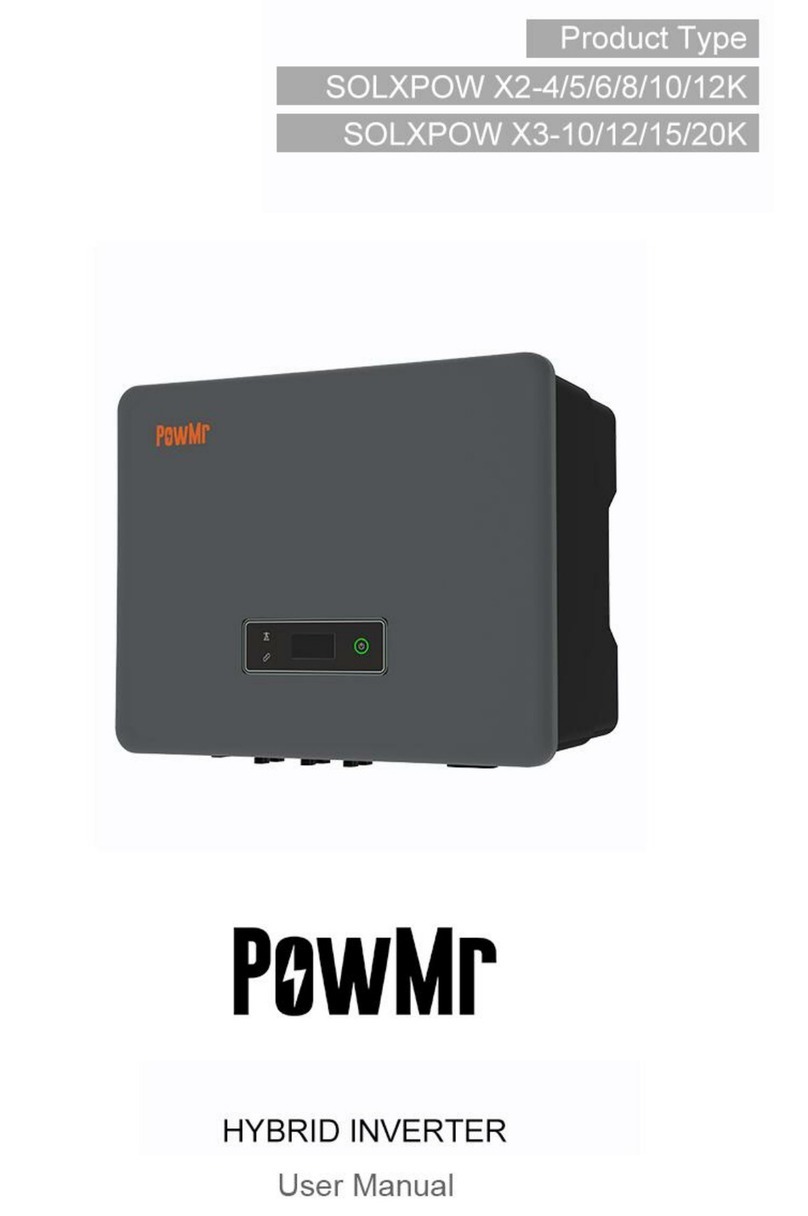
PowMr
PowMr SOLXPOW X2 Series User manual

PowMr
PowMr POW-LVM3K-24V-H User manual
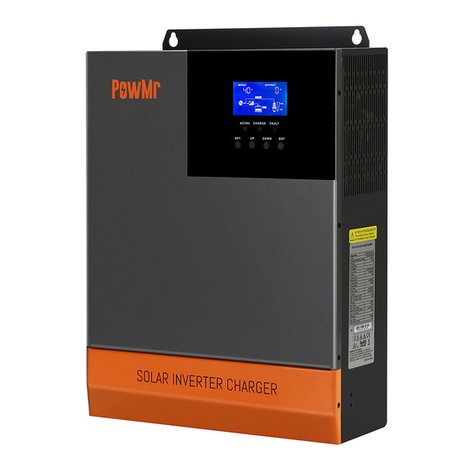
PowMr
PowMr POW-HPM Series User manual
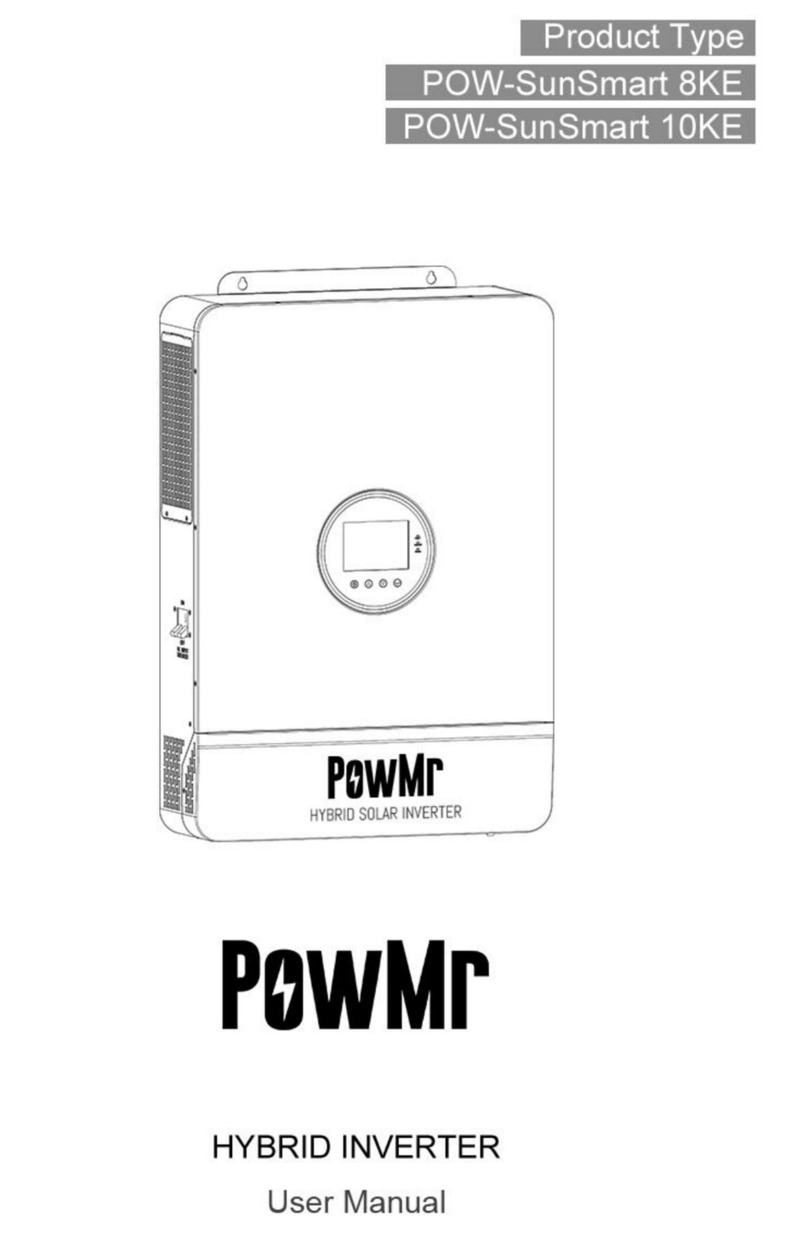
PowMr
PowMr POW-SunSmart 8KE User manual
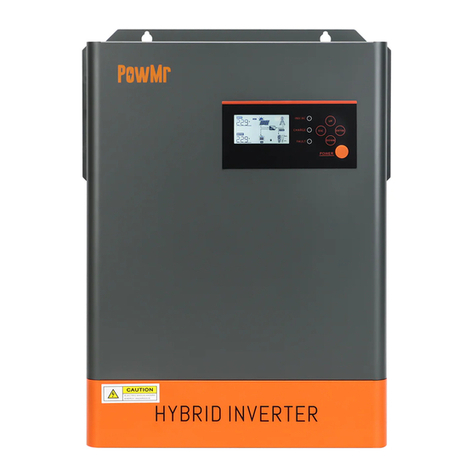
PowMr
PowMr POW-HVM5.5M User manual

PowMr
PowMr POW-LVM5K-48V-N User manual

PowMr
PowMr SOLXPOW X4 Series User manual
Popular Inverter manuals by other brands
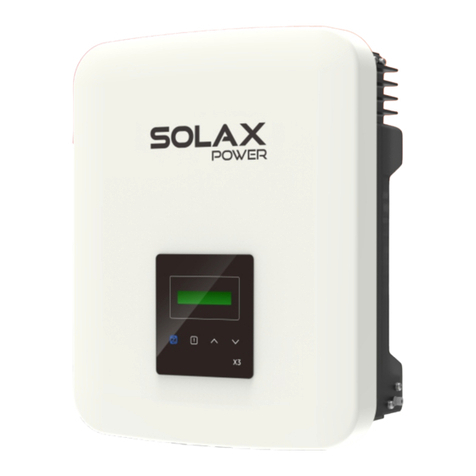
SolaX Power
SolaX Power X3-MIC G2 Series Quick installation guide

SMA
SMA SUNNY TRIPOWER 5000TL user manual

Mitsubishi Electric
Mitsubishi Electric FR-A8APR instruction manual
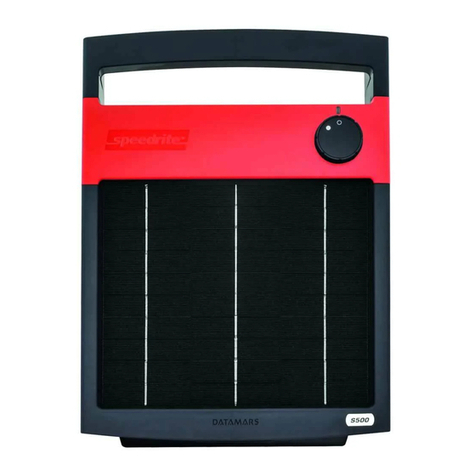
Datamars
Datamars 0.5 J MkII Unigizer user guide
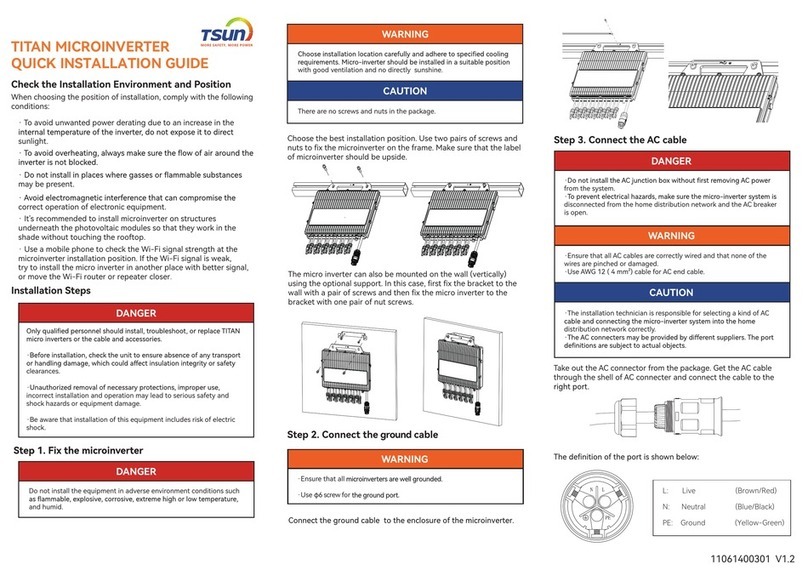
Tsun
Tsun TITAN TSOL-MP3000 Quick installation guide
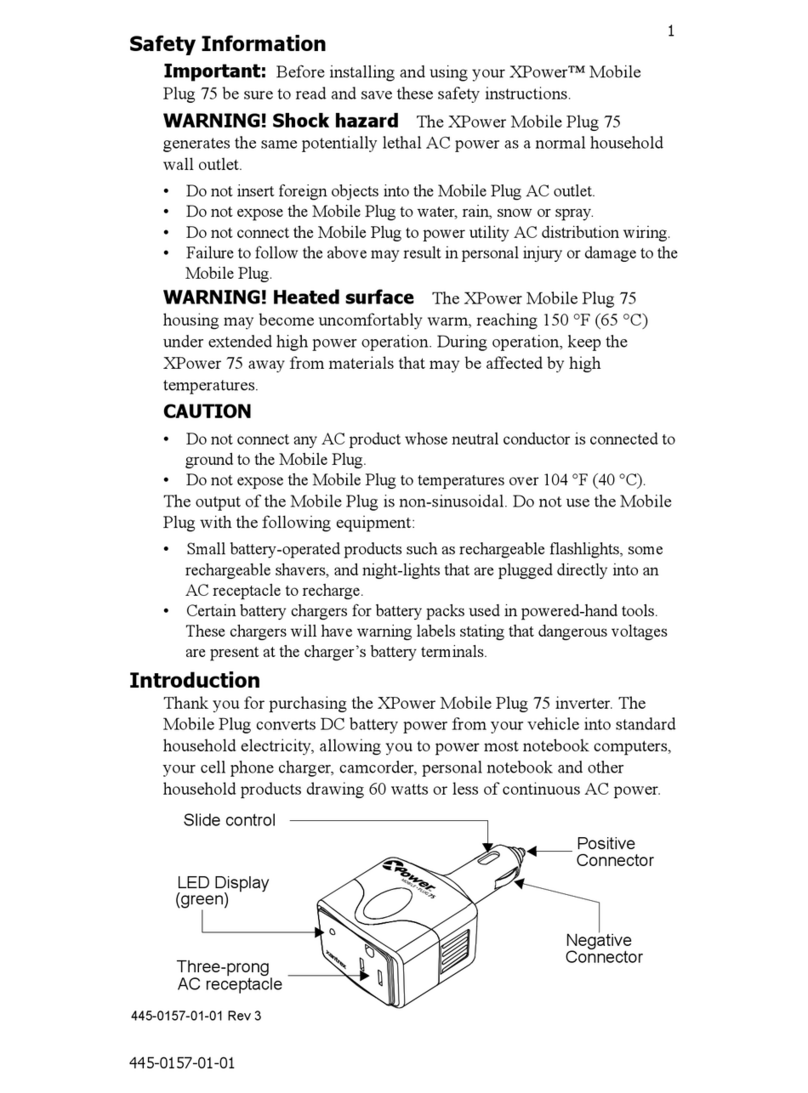
Xantrex
Xantrex XPower Mobile Plug 75 quick guide
